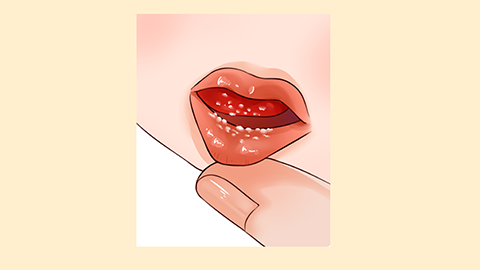How to care for neonatal thrush
Generally, the main nursing methods for neonatal oral thrush include oral hygiene, attention to sanitation, feeding adjustment, appropriate dressing, and psychological comfort. If symptoms are severe, timely medical treatment is recommended. The specific analysis is as follows:

1. Oral Hygiene
After breastfeeding, the newborn's mouth should be rinsed promptly with warm water. If there are residues on the tongue or around the mouth, a sterilized piece of cloth can be used to gently wipe them away.
2. Maintain Sanitation
When breastfeeding, wash your hands and nipples thoroughly beforehand. If bottle-feeding, clean the bottle with warm water before feeding, then rinse with boiling water to prevent bacterial growth and cross-infection.
3. Feeding Adjustment
Oral thrush may cause oral mucosal ulcers and pain. Therefore, during the illness, room-temperature feeding is recommended. For bottle-fed infants, avoid feeding with milk that is too hot or too cold to prevent irritation of the oral mucosa.
4. Appropriate Dressing
When a newborn has oral thrush, attention should be paid to appropriate dressing. Choose loose, breathable cotton clothing to facilitate perspiration and reduce the risk of catching a chill or infection. Additionally, the newborn's clothes should be disinfected regularly, such as by using disinfectant solutions or sun exposure.
5. Psychological Comfort
Oral thrush may cause oral pain in babies, thereby affecting the newborn's mood, leading to crying and restlessness. Therefore, parents should provide sufficient patience and care to the newborn and soothe their emotions, such as by interacting with the baby, patting the back, etc.
In addition, parents should closely monitor the newborn's condition. If symptoms like drooling or constipation appear, timely targeted treatment is required. Also, avoid the abuse of antibiotics during treatment to prevent drug dependence.






